The key role of film slitting machines in high-end film production
Film slitting machine plays a vital role in high-end film production, and its technical level and performance directly affect the quality, production efficiency and market competitiveness of film products. Here's a detailed breakdown of its key roles:
1. Precision slitting: to ensure the core physical properties of the film
• Dimensional accuracy: High-end films (such as optical films, lithium battery separators, flexible display substrates) require extremely high width and thickness tolerances (micron level). Through high-precision tension control, tooling system and deviation correction device, the slitting machine ensures that the slitting edge is flat and burr-free, avoiding curling or delamination, and meeting the downstream precision machining needs.
• Material integrity: During the slitting process, it is necessary to avoid changes in molecular structure caused by thermal damage or mechanical stress (such as PI film, PET film), otherwise it will affect key indicators such as optical uniformity and insulation.
2. Efficient production: reduce costs and lead times
• High-speed slitting capacity: The speed of modern slitting machine can reach more than 1000m/min (such as lithium battery separator slitting), with automatic tool change and online detection, which greatly improves production capacity.
• Automatic integration: automatic deviation correction, tension adjustment and defect detection are realized through PLC and machine vision, reducing manual intervention and reducing scrap rate (such as slitting loss can be controlled within 0.5%).
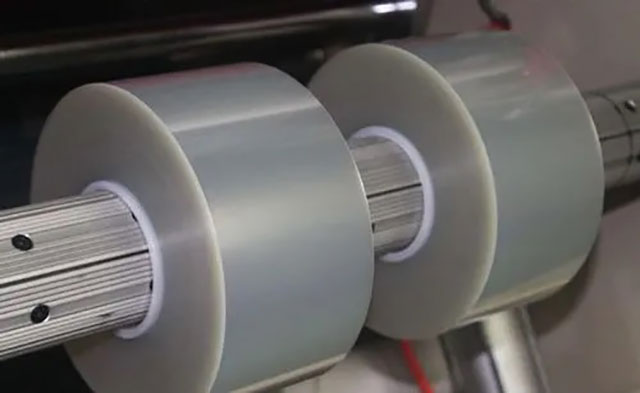
3. Adapt to diverse material needs
• Versatility: The same slitting machine needs to process different materials (such as PP, PE, PC), thickness (2μm-500μm) and coated films (such as UV curing coatings), which requires the equipment to have flexible process parameter adjustment capabilities.
• Special process support: customized functions such as electrostatic elimination (to prevent the electronic film from absorbing dust), thermostatic slitting (to avoid deformation of heat-sensitive materials) and other customized functions.
4. Surface quality control: meet high-end application scenarios
• Dust-free environment slitting: Optical films, semiconductor packaging films, etc. have strict requirements for cleanliness, and the slitting machine needs to be equipped with air purification systems and anti-static devices.
• Zero-contact slitting technology: laser or airflow slitting is used to avoid scratches caused by traditional blade contact (e.g. polarizing film for OLED display).
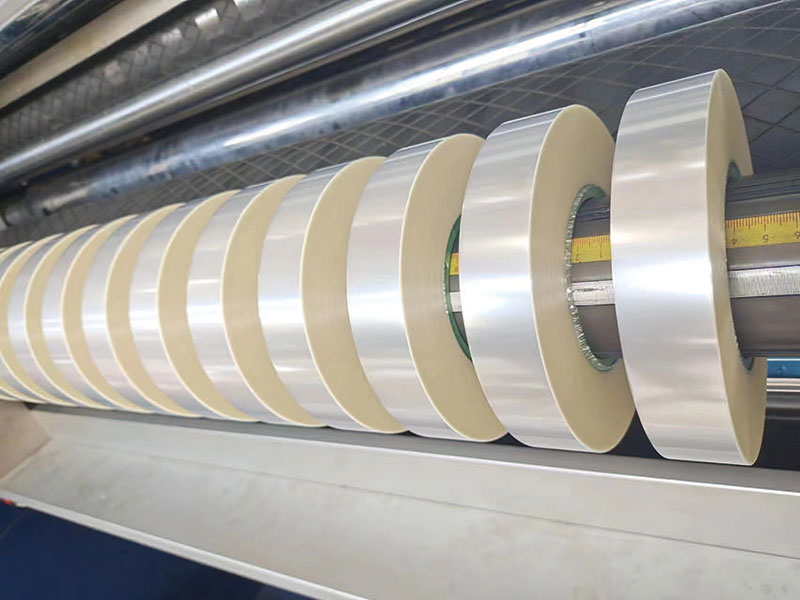
5. Intelligent and data-driven optimization
• Real-time monitoring system: Collect tension, temperature, vibration and other data through sensors, and combine AI algorithms to predict tool wear and automatically compensate for it, prolonging the life of the equipment.
• Digital twin technology: Simulates the slitting process to optimize parameters and reduce test losses (especially for expensive high-performance films).
6. Environmental protection and sustainability
• Waste edge recycling design: The high-end slitting machine integrates a scrap crushing and recycling system to reduce material waste (e.g. biodegradable film production).
• Low energy drive: Servo motor and regenerative braking technology are used to reduce energy consumption by more than 30%.
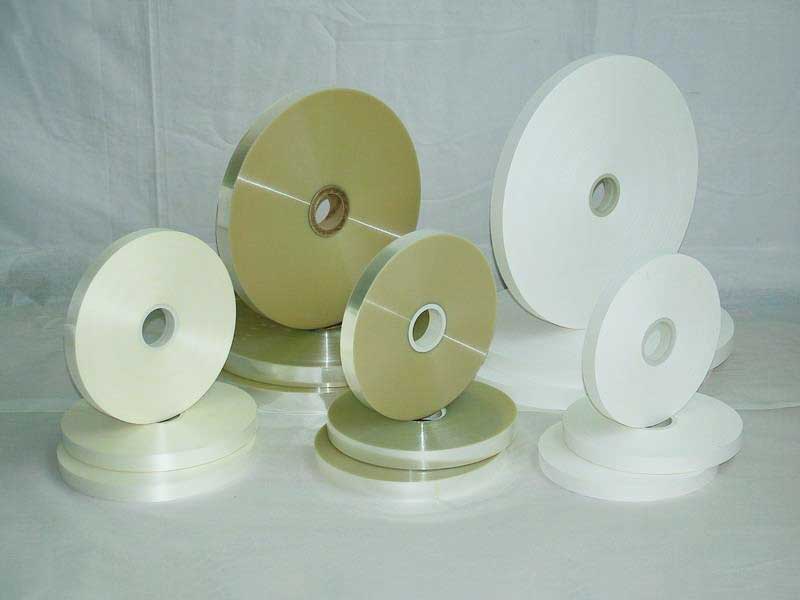
Typical application cases
• New energy field: The burr control of lithium battery separator slitting directly affects the risk of short circuit of the battery.
• Display industry: The slitting accuracy of the flexible OLED overlay film determines the folding life of the screen.
• Photovoltaic industry: The edge strength of the backsheet film after slitting affects the weather resistance of the module.
Future Trends
• Ultra-narrow slitting: Respond to the millimeter-level slitting needs of miniature sensors and flexible electronics.
• Cross-scale slitting technology: different areas of the same roll film are slitted into different widths (such as integrated circuit packaging film).
• Green process: Dry slitting replaces wet process and reduces chemical cleaning steps.
summary
The film slitting machine is the "last mile" key equipment for high-end films from raw materials to finished products, and its technological breakthroughs (such as nano-level precision control and intelligent adaptive systems) will continue to promote the development of new materials, new energy, optoelectronics and other industries. Enterprises need to choose slitting solutions according to product characteristics and pay attention to intelligent upgrades to maintain competitive advantages.
Recent Post
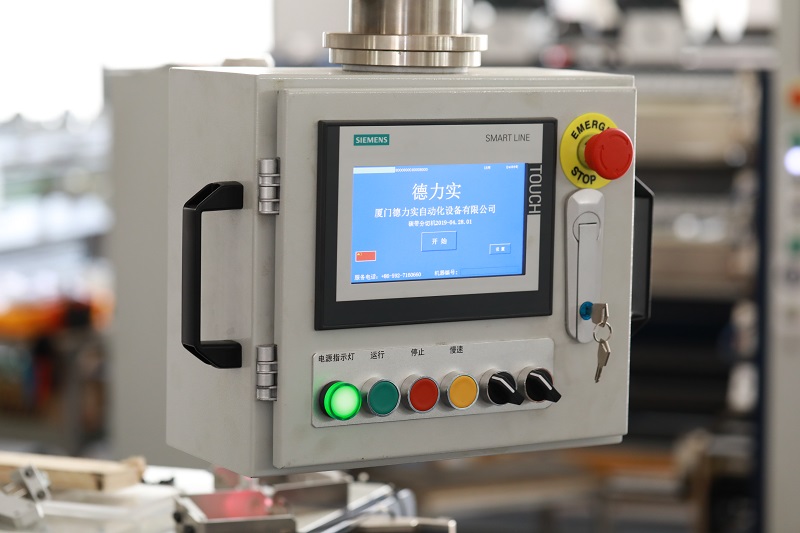 The era of intelligent slitting: how to simplify the operation of PLC control + man-machine interface?
The era of intelligent slitting: how to simplify the operation of PLC control + man-machine interface?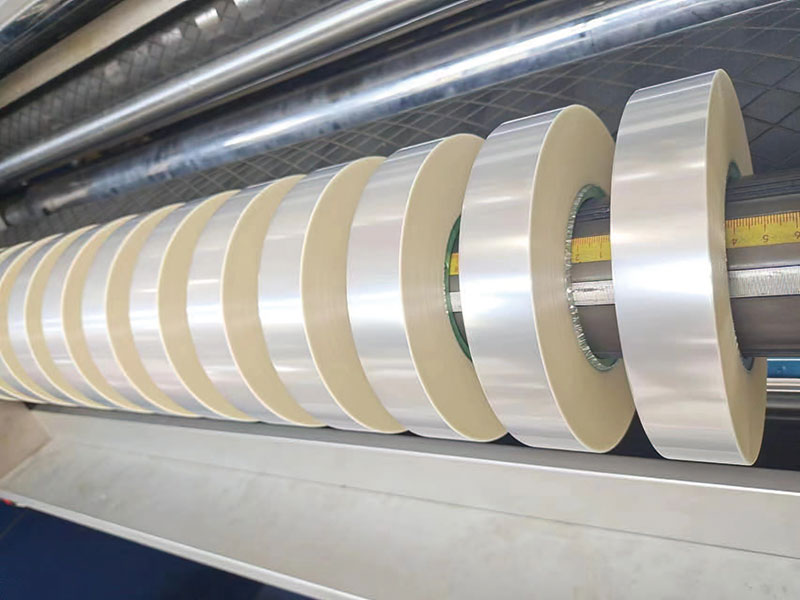 How can film slitting machine improve production efficiency? One-button operation + high-speed slitting
How can film slitting machine improve production efficiency? One-button operation + high-speed slitting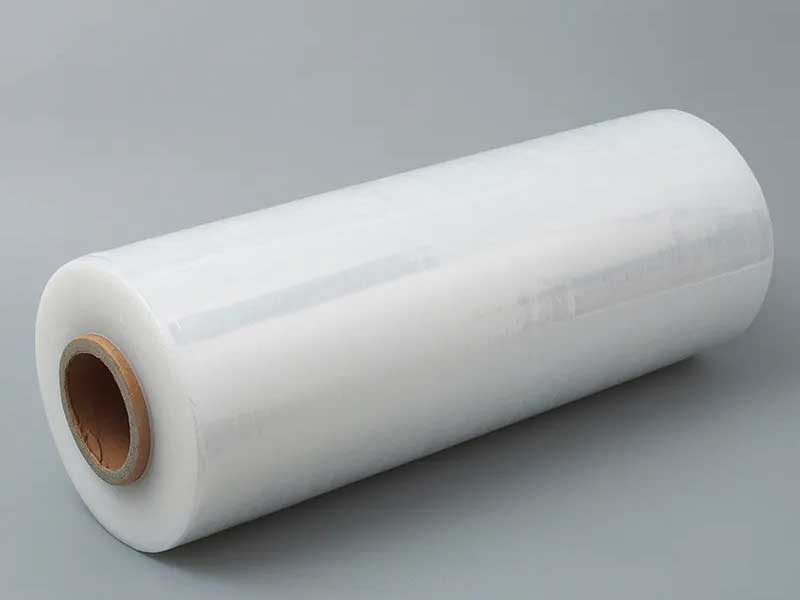 Ultra-thin films, composite films, metal films – the wide applicability of film slitting machines
Ultra-thin films, composite films, metal films – the wide applicability of film slitting machines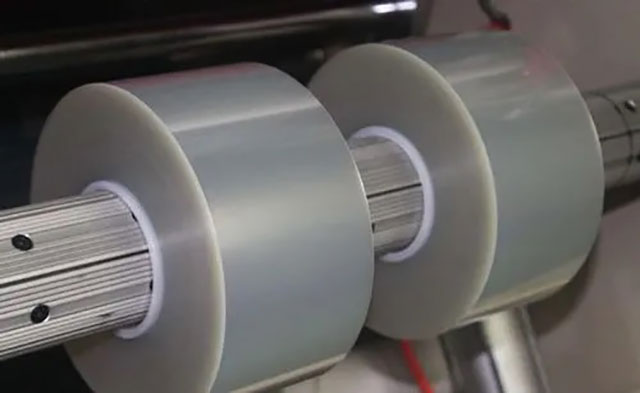 From PE to PET: How does the film slitting machine adapt to different materials?
From PE to PET: How does the film slitting machine adapt to different materials?
Related Product
 1400mm Hot Stamping Foil Slitting Machine
1400mm Hot Stamping Foil Slitting Machine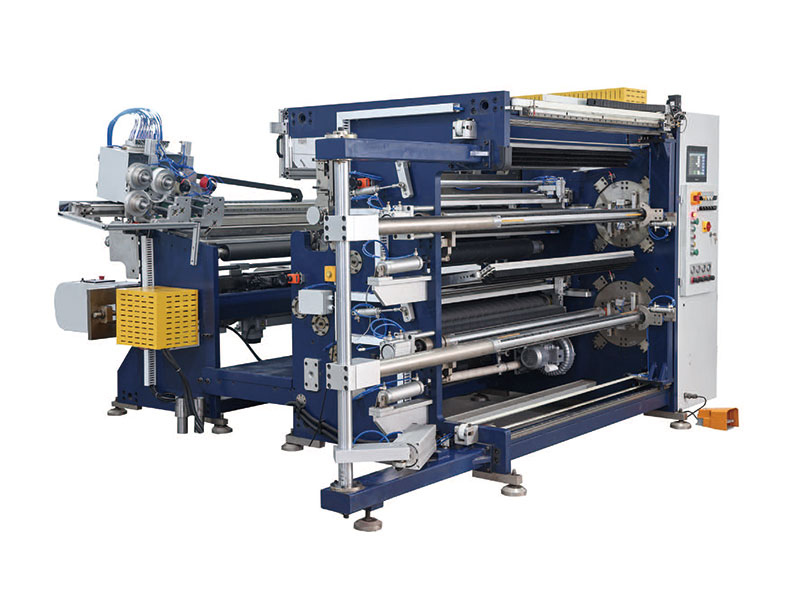 1350mm Hot Stamping Foil Slitting Machine
1350mm Hot Stamping Foil Slitting Machine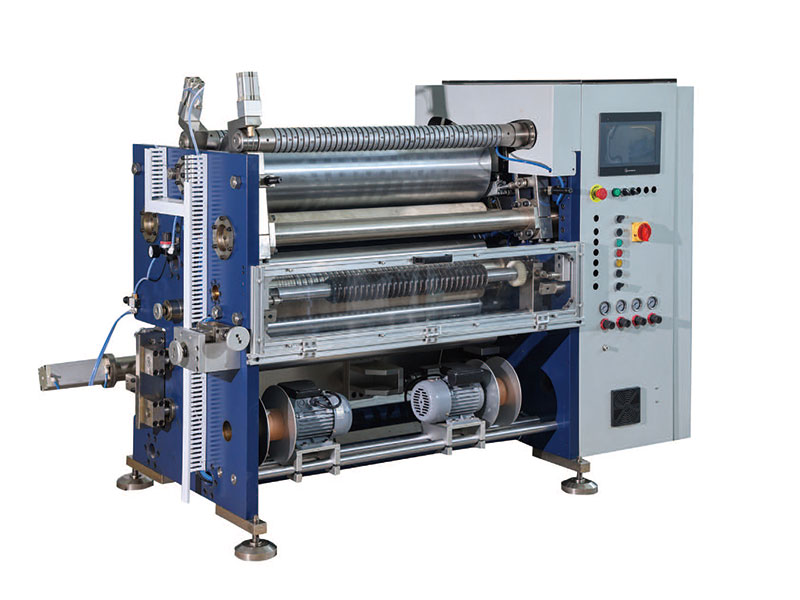 800mm Hot Stamping Foil Slitting Machine
800mm Hot Stamping Foil Slitting Machine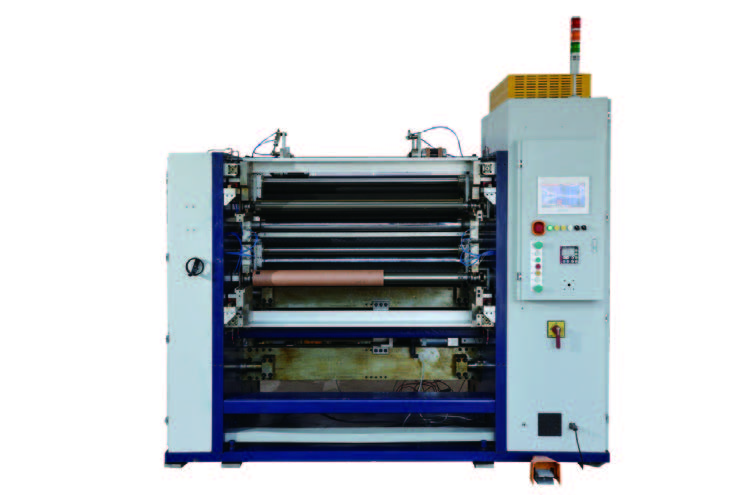 New Energy Ultra-thin Film Slitting Machine For Capacitive Film
New Energy Ultra-thin Film Slitting Machine For Capacitive Film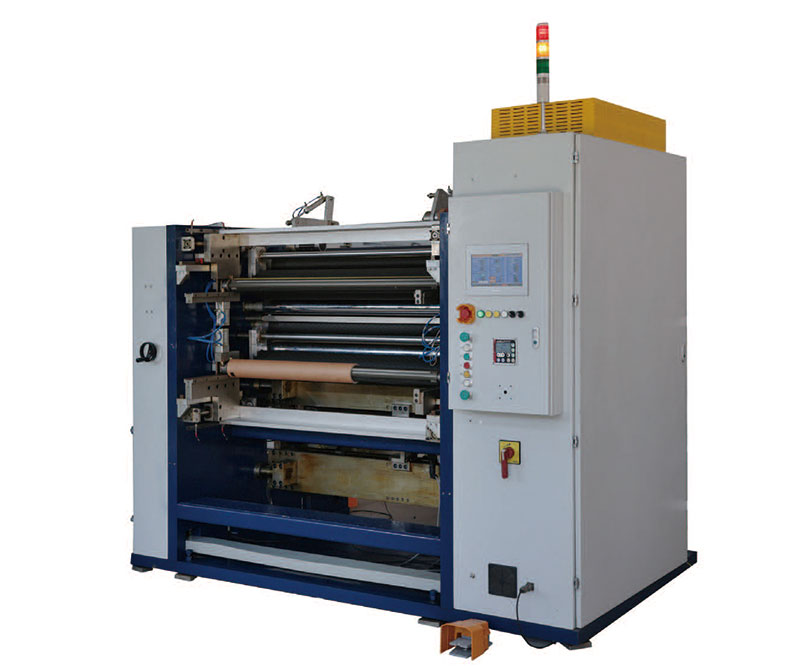 New Energy Ultra-thin Film Slitting Machine For MOPP
New Energy Ultra-thin Film Slitting Machine For MOPP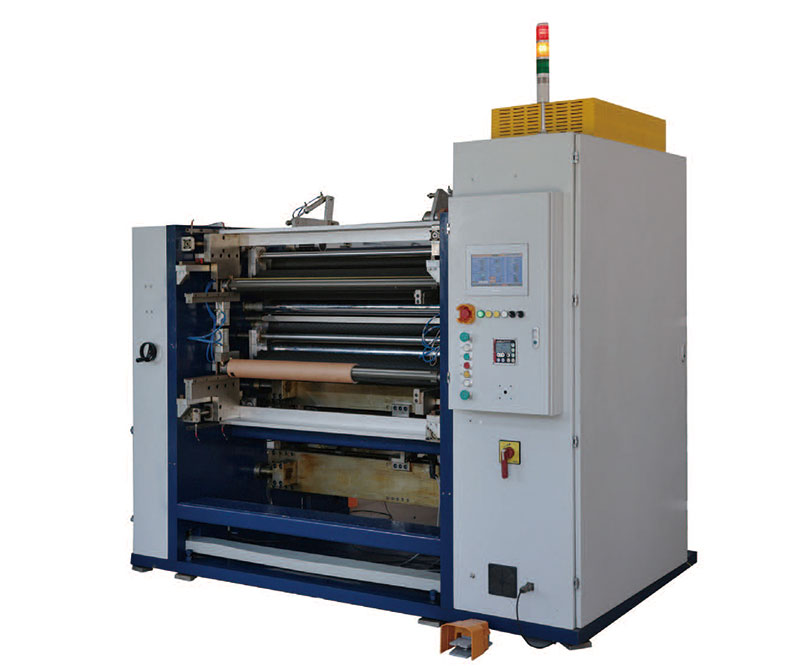 New Energy Ultra-thin Film Slitting Machine For MPET
New Energy Ultra-thin Film Slitting Machine For MPET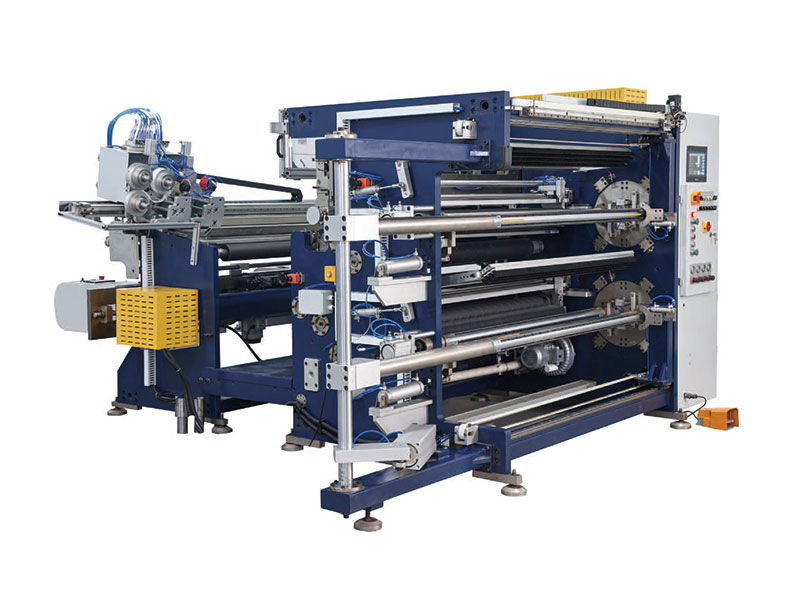 1350mm Bopp Film Slitting Machine
1350mm Bopp Film Slitting Machine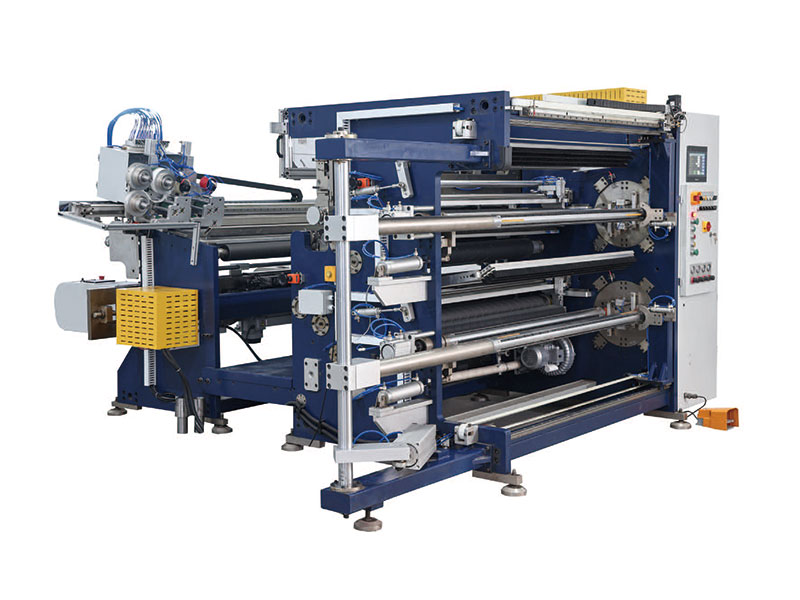 1350mm PVC Film Slitting Machine
1350mm PVC Film Slitting Machine


